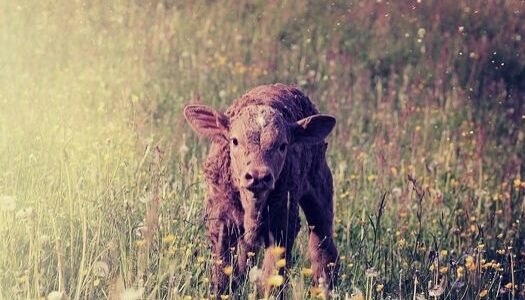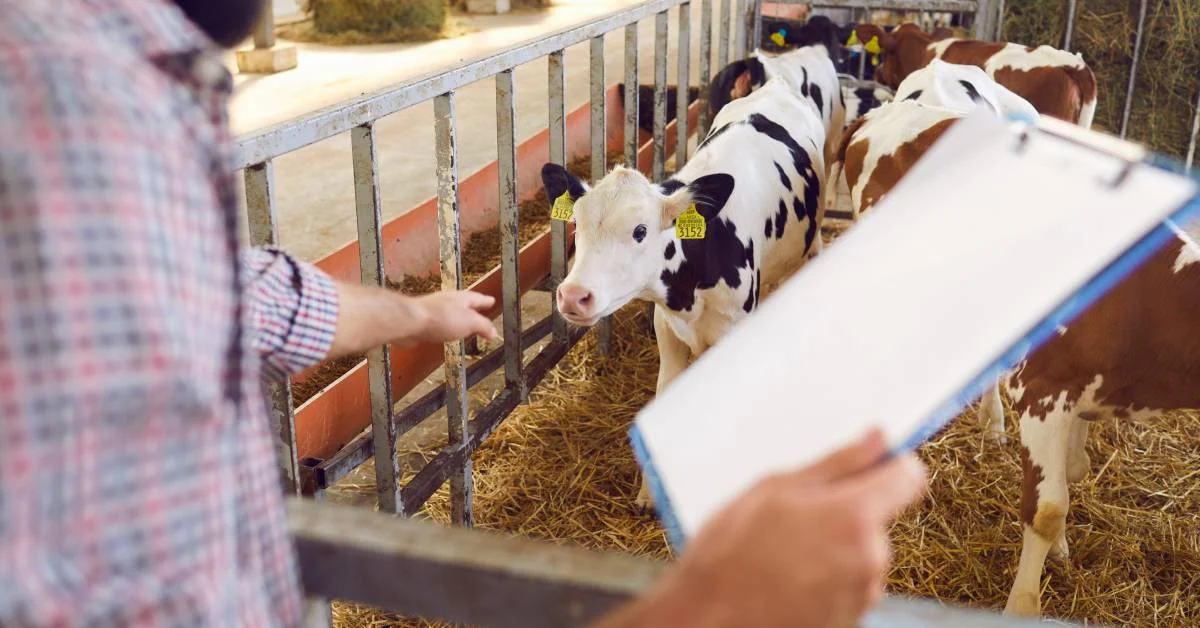Cattle breeding is the art and science of raising cattle breeds for the purpose of catering to meat, dairy, and other food, business and economic requirements of people around the globe. Cattle breeding management involves processes which ensure high quality cow-crop produce. From selective insemination methods to monitoring the progress of cattle’s health throughout its pregnancy, cattle breeding management involves taking care of all processes with due diligence. Additionally, it involves steps like ensuring regularity in calving seasons, production of uniform quality cattle crop, treating the repeat breeders clinically, and selection of breeding systems.
There are two ways to get your cattle inseminated. Cattle breeders may choose to do it the natural way by getting their cow herd a sire bull, or they can opt for the scientific approach. The modern form of cattle breeding is using frozen semen to inseminate the cattle herds. Cattle breeders from all around the globe choose cattle breeding method that best suits their requirements. If they find buying and transporting a sire bull a cumbersome task, they may go with the unconventional approach of frozen semen. However, if they find it completely easy to finance and manage a sire bull for their cow herd, they may stick to this conventional method.
Different types of cattle breeds are raised for serving specific markets. Some cattle breeders raise only beef cattle herds and then there are those who opt for breeding management of dairy cattle, just like beef cattle breeding management. The Dairy cattle breeding management also includes processes which require selection of a healthy and powerful sire bull and well-kept cows. These cows are selected based on their physical characteristics and need to be bred with sire bulls too in order to produce large quantities of milk. Additionally, unconventional frozen semen method can be used to breed dairy yielding cows as well.
Apart from types and ways to breed your cattle, cattle breeding management also requires carefully selecting the breeding system cattlemen want to adopt for raising cattle. The two systems being used by cattlemen around the world include inbreeding and outbreeding.
Inbreeding systems involve mating two related animals. It may include closely related or distantly related animals. However, this method is generally not appreciated because of its worse effects on meat quality and the offspring’s reproductive capability and carrying of other genetic disorders.
Outbreeding methods include cross-breeding animals of different breeds. This is the most commonly practiced breeding method and produces not only high performing cattle calves but also good quality meat and dairy.
What is Cattle repeat breeding management?
Cattle repeat breeding is a syndrome which affects cattle’s fertility and causes the cow-herd to misconceive without any visible changes in their ovulation cycles. A cow-herd is classified as repeat breeder if it has been subjected to more than two successful inseminations and still has not been able to conceive. In simple terms, this syndrome reduces the reproductive capability of cattle.
There are several factors that contribute to it, such as artificial insemination, age, genetics, ovarian dysfunction, improper nutrition, etc. However, the leading cause of repeat breeding is reported to be the uterine infections found in the vaginal tracts of female cattle.
Cattle repeat breeding can be treated using medicines and other clinical methods, and this process is called cattle repeat breeding management. The results of this process have historically shown a positive impact on the conception capabilities of repeat breeding cattle. However, evidence shows that the calves of natural breeding cattle are still more likely to conceive easily on their age of maturity than their offspring of repeat breeding cattle.
There are two kinds of repeat breeders, early repeaters and late repeaters. Early repeaters are cattle which come into their reproductive cycles after they have been treated medically and artificially inseminated for 17-24 days. Late repeat breeders are cattle herd which have been treated medically and inseminated artificially but are not ready to breed until after 25 days or more.
Why You Need Cattle breeding management?
Cattle breeding has gained quite a popularity in recent years. A lot of research studies are still being conducted to find out safer ways to manage the cattle breeding processes. Cattle breeding needs to be supervised and managed meticulously to monitor the reproductive performance of cattle herd, especially in the case of beef cattle breeding. Special care is taken to manage the calving seasons of dairy cattle and the season’s time period is extended or shortened as per required by the cattle crop.
Humans importantly need cattle breeding management since it helps in producing high-quality cow crop, which in turn helps in fulfilling meat and dairy requirements of people across the world.
Although meeting food requirements of people is reasonably sound enough in itself to manage the cattle breeding processes, there are other significant reasons for carrying it out. These include the contribution of cattle farming to the livelihood of farmers around the world and the global agricultural sector. According to United States Department of Agriculture’s website, cattle breeding contributes to a total of 40% of global agricultural output and adds to millions of livelihoods and caters food needs of billions of people worldwide.
How Folio3 Animal Care Practice Helps in Cattle breeding management?
Thinking of getting yourself a cattle breeding management solution? Are you a cattle breeder looking for a software to help you out with keeping records of each animal’s health and performance on your farm? Do you need a helping hand with keeping yourself updated about genetic evaluations of cattle in your livestock? If you fall into any of these categories, then all that you need is Foli03’s expertise in digital transformation of cattle operations.
Our animal care technology consultants can help you meet cattle breeder’s need for maintaining their farm’s quality, cattle health, and record of livestock. From registering an animal’s birth to relocation, real-time record sharing to paperwork elimination, cattle’s performance indicators to providing health care solutions, folio3’s animal care practice is your must have technology partner.
Folio3 develops tailor-made cattle management apps to meet the needs of both purebred and commercial beef breeders so that they can easily monitor the growth of their herd and utilize sire performance charts to enhance profitability.
Cattle breeding management is a whole industry and it needs far more attention and care than it has received until now by life sciences researchers. Studies conducted to date have helped in discovering new and improved methods of cross cattle breeding and gaining useful insights on the impact of carelessly handled cattle breeding processes. Moreover, they have also assisted in the cattle repeat breeding management, measurement of the carcass, and growth traits. These research studies have significantly contributed to the livestock farming industry’s success and development of future cattle breeding methods and technology.









